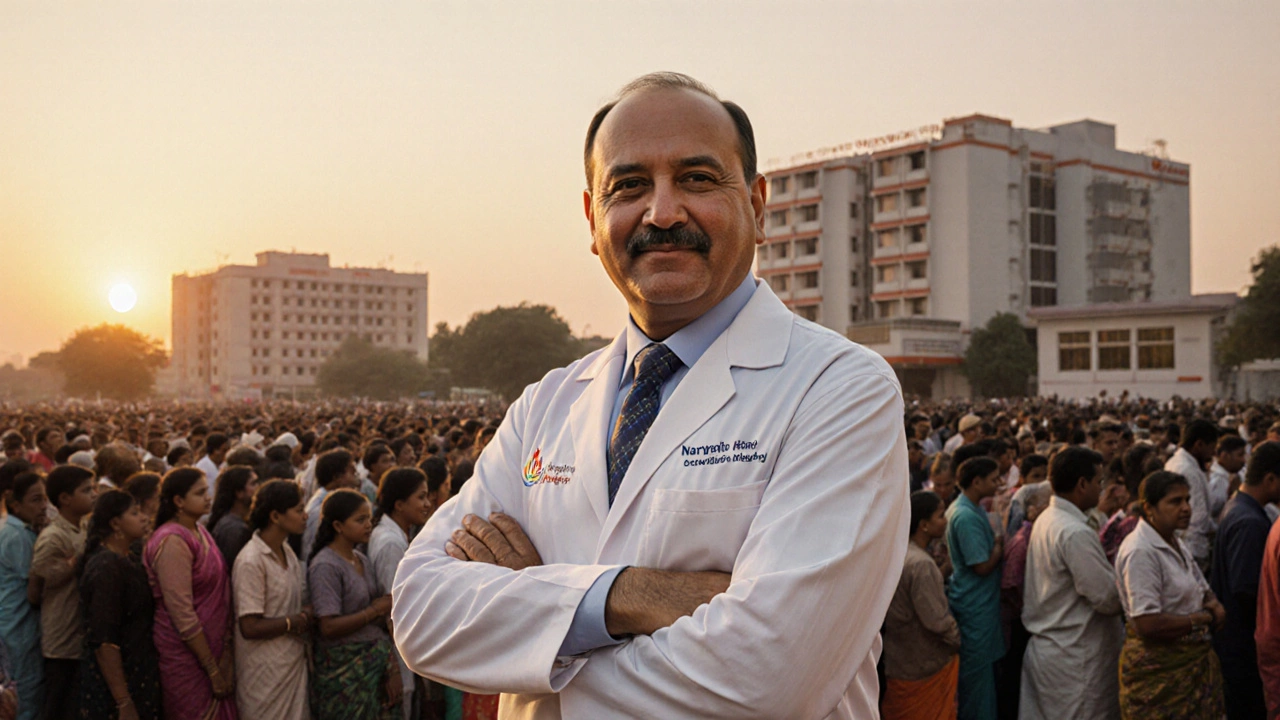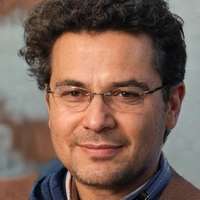Doctor Income Estimator
Estimate Your Medical Career Potential
Based on the article about India's highest-paid doctors, this tool helps you estimate potential earnings across different medical career paths.
Your Estimated Earnings
Key Insight: The highest-earning doctors in India build scalable businesses around their medical expertise, not just clinical practice.
There’s no single name you can point to and say, "That’s the highest-paid doctor in India." But if you’re asking this question because you’re wondering if cracking NEET can lead to serious money, the answer is yes - and it’s not just about working in a hospital.
What Makes a Doctor Rich in India?
Most doctors in India earn between ₹15 lakh and ₹40 lakh a year. That’s good, but it’s not life-changing. The real earners? They don’t spend their days in government hospitals or even private clinics. They’ve built businesses around their medical expertise.
Take Dr. Devi Shetty, for example. He’s not just a heart surgeon. He founded Narayana Health, a chain of hospitals that performs over 100,000 cardiac surgeries a year. His net worth is estimated at over ₹2,000 crore. He didn’t get rich by seeing patients one at a time. He scaled healthcare like a tech startup - low-cost, high-volume, efficient.
Then there’s Dr. Naresh Trehan, founder of Medanta. He built a multi-specialty hospital in Gurugram that attracts patients from over 90 countries. His annual income is believed to be in the ₹100+ crore range. He doesn’t just operate. He owns the facility, licenses his brand, and runs a medical tourism empire.
These aren’t anomalies. They’re the result of a pattern: NEET to MD to entrepreneur.
How NEET Coaching Sets the Stage
NEET isn’t just an exam. It’s the gatekeeper to medical school. And in India, getting into a top medical college isn’t just about grades - it’s about access, coaching, and strategy.
Students from Tier-2 and Tier-3 cities who crack NEET with top ranks often come from coaching centers in Kota, Delhi, or Hyderabad. These centers don’t just teach biology and chemistry. They teach discipline, pressure management, and long-term goal-setting - skills that later turn into business acumen.
Many of today’s top doctors started as NEET toppers. They didn’t stop at getting into AIIMS or JIPMER. They used their reputation to build brands. They wrote books. Launched YouTube channels. Started online test prep platforms for future NEET aspirants.
One former NEET rank holder from Rajasthan now runs a ₹50 crore NEET coaching franchise. He didn’t become rich by treating patients. He became rich by teaching others how to become doctors.
The Real Money Isn’t in Clinical Practice
Even the most skilled surgeon in Mumbai can’t make more than ₹2-3 crore a year unless they own the hospital. The salary cap for consultants in private hospitals is clear. The real growth happens when you shift from being a doctor to being a healthcare entrepreneur.
Here’s how the money flows:
- Medical tourism: Hospitals like Fortis and Apollo draw patients from the Middle East and Africa. A single kidney transplant from a Saudi patient can bring in ₹15-20 lakh in revenue.
- Telemedicine platforms: Doctors who built apps like Practo or Lybrate started as clinicians. Now they earn royalties, equity, and consulting fees.
- Medical content: A doctor with 500,000 YouTube subscribers can earn ₹10-15 lakh a month from ads, sponsorships, and course sales.
- Pharma partnerships: Doctors who publish research or endorse drugs get paid directly by pharmaceutical companies - sometimes lakhs per endorsement.
Dr. A.K. Saluja, a former NEET topper from Delhi, now runs a chain of diagnostic centers. He doesn’t see patients anymore. He owns 23 labs across North India. His annual revenue? Over ₹400 crore.
It’s Not Just About NEET Rank - It’s About What You Do After
Many NEET toppers become government doctors. That’s honorable. But they earn ₹12-18 lakh a year. A doctor who joins a corporate hospital might make ₹25 lakh. But a doctor who builds a business around their medical knowledge? They can cross ₹100 crore in net worth.
The difference? Control.
Government doctors follow rules. Corporate doctors follow protocols. Entrepreneurs create systems. They turn their expertise into products: apps, courses, clinics, diagnostic kits, even AI tools for diagnosis.
One doctor from Chennai developed a low-cost AI tool that detects diabetic retinopathy from smartphone photos. He licensed it to 12 state health departments. His company is now valued at ₹800 crore. He didn’t need to be the richest surgeon. He needed to solve a problem at scale.
Who’s the Richest? It’s a Moving Target
There’s no official list. No Forbes India ranking for doctors. But based on public disclosures, business filings, and industry reports, the top earners fall into three buckets:
- Hospital founders: Dr. Devi Shetty, Dr. Naresh Trehan, Dr. Prathap C. Reddy (Apollo Hospitals)
- Medical tech founders: Dr. Suneel Datt (Practo), Dr. Ashok Seth (Cardiovascular tech investor)
- NEET coaching moguls: Doctors who started coaching centers after cracking NEET themselves - some now run chains with 50+ branches and ₹100+ crore revenue.
Dr. Prathap C. Reddy, founder of Apollo Hospitals, is often cited as India’s wealthiest doctor. He started in 1983 with one hospital. Today, Apollo has over 70 hospitals. His net worth is estimated at ₹6,000 crore. He didn’t just pass NEET. He redefined healthcare delivery in India.

Can You Become One of Them?
Yes - but not by studying harder. You become one by thinking differently.
If you’re preparing for NEET right now, don’t just aim for a top rank. Ask yourself:
- What problem in healthcare do I want to solve?
- Can I build a system that scales beyond one clinic?
- Can I turn my knowledge into a product?
The highest-paid doctor in India isn’t the one who works the longest hours. It’s the one who stopped working for a salary and started building assets.
NEET is your ticket. But your future wealth? That’s built after you get your MD.
What Most Aspirants Miss
Coaching centers tell you: "Crack NEET, get into AIIMS, become a doctor." That’s true - but it’s incomplete.
The real opportunity lies in what happens after MBBS. The ones who get rich don’t just practice medicine. They innovate it. They export it. They monetize it.
Every year, over 1.8 million students take NEET. Only about 10,000 get into top colleges. Of those 10,000, fewer than 500 become entrepreneurs. The rest become employees. That’s where the gap is.
It’s not about being the smartest. It’s about being the one who asks, "What’s next?" after you get your admit card.

